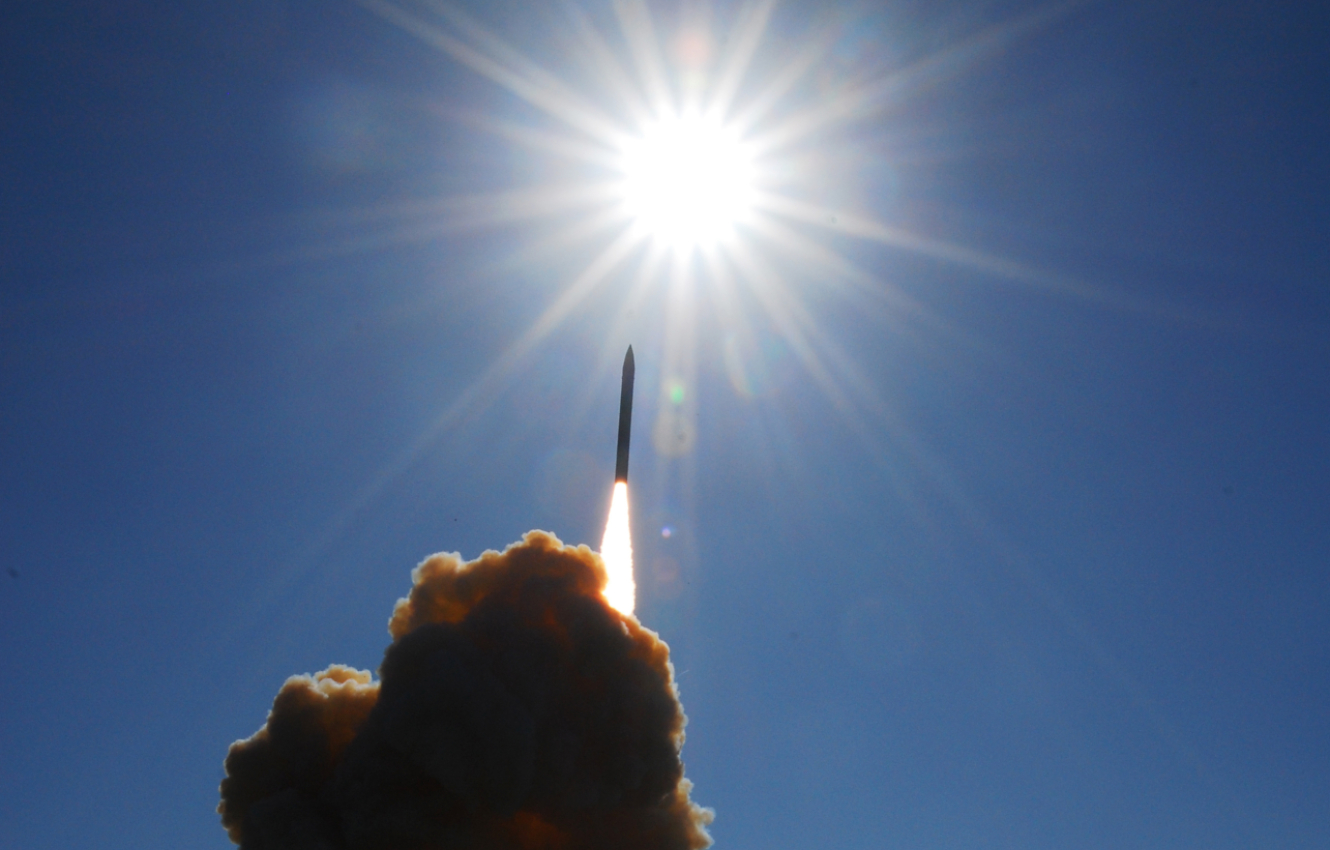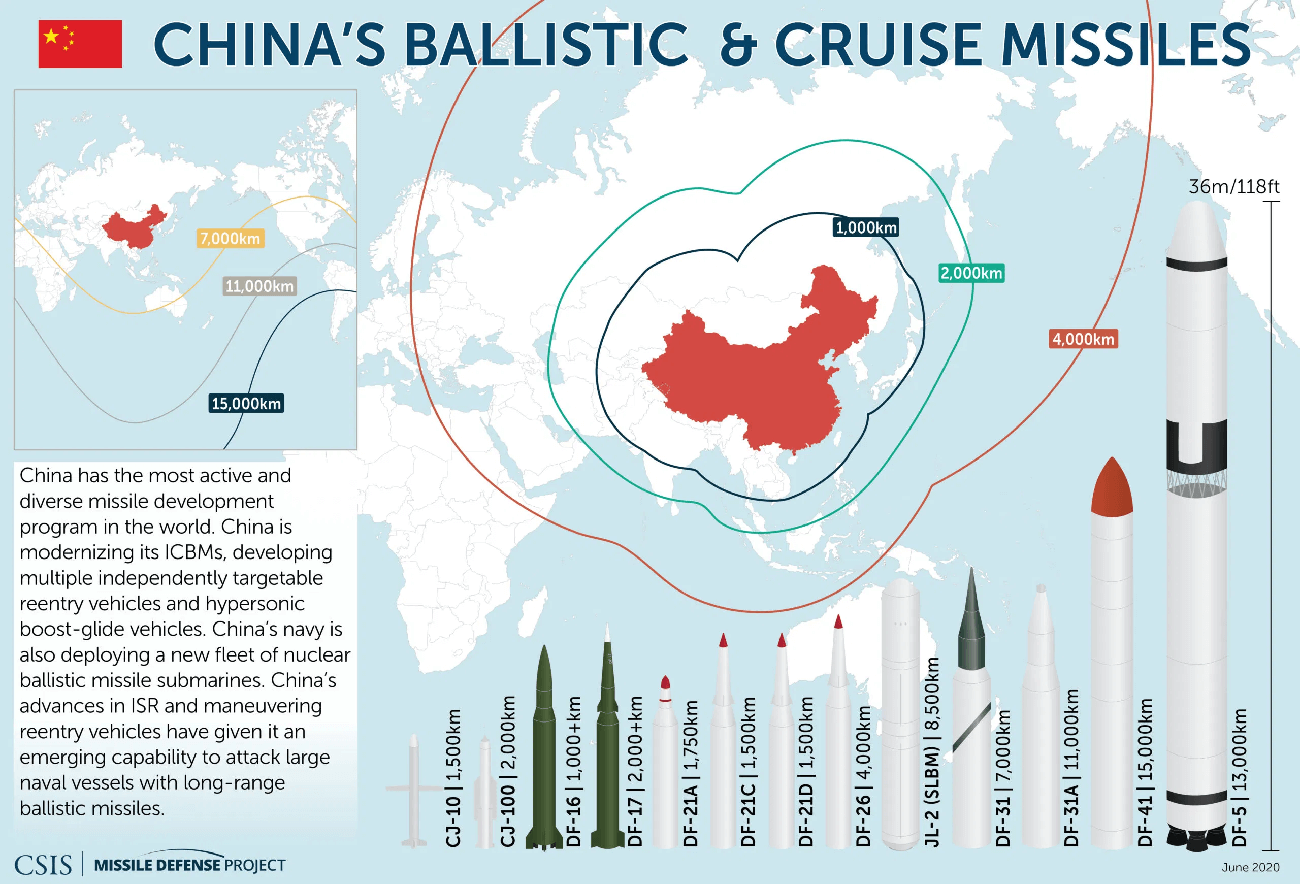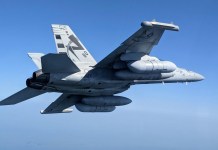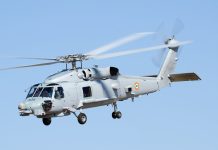China’s test of a ground-based Anti-Ballistic Missile (ABM) test last week and the US’ counter pursuit risk an arms race in Asia. The development could force both countries and their allies to develop systems to counter the other’s efficacy.
Mirage-2000C Fighters: French Air Force Retires Its Iconic Warplanes While India Continues To ‘Bet Big’ On Battle-Hardened Jets
This also comes amidst rising tensions in the Western Pacific with Taiwan and the Korean Peninsula, where North Korea’s relations with the South and the US continue to deteriorate. Pyongyang conducts missile tests in response to what it perceives as an increasing Washington-Seoul military alliance.
While it was unclear which missile China used to conduct the AMB test, a 2021 Pentagon report identified the CH-AB-X-02 (HQ-19) as possibly possessing an ABM capability.
“China is also developing kinetic-kill vehicle technology to field a midcourse interceptor, which will form the upper layer of a multi-tiered missile defense.”
Experts believe this aligns with China’s development of the Dong Neng series of ABMs, which also possess an Anti-Satellite (ASAT) capability. Another Chinese system experiment is the HQ-26 series, similar to the American SM-3 series.
The Standard Missile interceptors are fired from aboard the US’s Arleigh Burke-class destroyers and, while being ABMs, have previously been used in ASAT tests.

On February 20, 2008, a Standard Missile-3 (SM-3) was launched from a US Navy Aegis system-enabled destroyer to take out the USA-193 reconnaissance satellite that the Americans said was decaying and threatened the Earth with the toxic hydrazine fuel on board.
The latest Chinese test brings the total number of such tests to six, with the previous ones conducted in 2010, 2013, 2014, 2018, and 2021. While it is unknown which interception phase the 2014 test completed, the other five intercepted the missile in the mid-course phase.
Intercontinental Ballistic Missiles
An Intercontinental Ballistic Missile (ICBM) travels in three phases. The first, the boost stage, propels the missile from the ground from the launch site. It is the easiest yet risky to intercept a missile here since it would be deep inside enemy territory.
The mid-course stage is the second, where it reaches the top of its parabolic arc trajectory and briefly is outside the atmosphere. It is difficult to intercept a missile here since it has gone outside the atmosphere and is at a very high velocity.
However, ground, air, and space monitoring systems make it easier to detect it at this stage. In the third and last terminal phase (or re-entry phase), the missile is propelling down to Earth at a tremendous speed.
US-China Arms Race
However, this portends a possible arms race between the two superpowers. The development of ABM systems usually spurs adversary nations to develop even advanced delivery systems that can bypass them in an escalating cycle of countermeasures.
It is the classic ‘shield versus sword’ phenomenon where a person with a bigger shield will force their opponent to strike pre-emptively with the sword. This is because the bigger shield might encourage its holder to attack first and use his shield to permanently protect himself from any retaliatory strike, rendering the word redundant.
In nuclear strategy, a country with a weak (or possibly non-existent) ABM system might fear its ballistic missile arsenal to be futile since it will anticipate its opponent to attack first and then employ the ABM to make itself immune to any retaliatory strike.
The US withdrawal from the 1972 Anti-Ballistic Missile Defence (ABM) Treaty on December 13, 2001, triggered a second arms race because of the acceleration it affected Russian, Chinese, and eventually Indian missile programs.
It isn’t the first time the US has pulled out of treaties to prevent arms races and nuclear build-ups.
Since 1996, the US has failed to ratify the Comprehensive Test Ban Treaty (CTBT) and expressed reluctance to renew the 2010 New Start Agreement under President Donald Trump. It also pulled out of the 1987 Intermediate-Range Nuclear Forces (INF) Treaty on February 2, 2o19.
The New Start Treaty signed between the former US and Russian presidents Barack Obama and Dmitry Medvedev required cutting their strategic warheads to 1550. The latest was the exit from the Open Skies Treaty with Russia on May 21, 2020.
On a broader level, the Chinese test could also be in response to India’s recent series of tests of its Agni missile. Infographics and details put out by the government often show the missile’s capability to reach deep inside China.
However, given China’s perception of the United States as its primary military, economic and strategic rival and New Delhi and Beijing currently on the path of de-escalating their relationship, this seems unlikely.

US Nuclear Modernisation
The US, too, plans to spend $1.5 trillion to improve each leg of its nuclear triad, leading with the Ground-Based Strategic Deterrent (GBSD), which many experts have said is an absurd and pointless endeavor.
Chiefly, they point to how the US already has a highly survivable nuclear delivery system, with 70% of it deployed on its ballistic missile submarines (SSBN) and stealth aircraft, which are less likely to be intercepted by Russian or Chinese systems.
Moreover, a new ICBM as a GBSD will entail firing it first toward Russia or China, with each country mistakenly believing it is the target. For instance, a missile intended for China flying over Russia might provoke Moscow to fire its missiles leading to an unintended nuclear exchange between both countries.
The results for the world, even with a single nuclear exchange, would be catastrophic.
- The author can be reached at satamp@gmail.com
- Follow EurAsian Times on Google News




